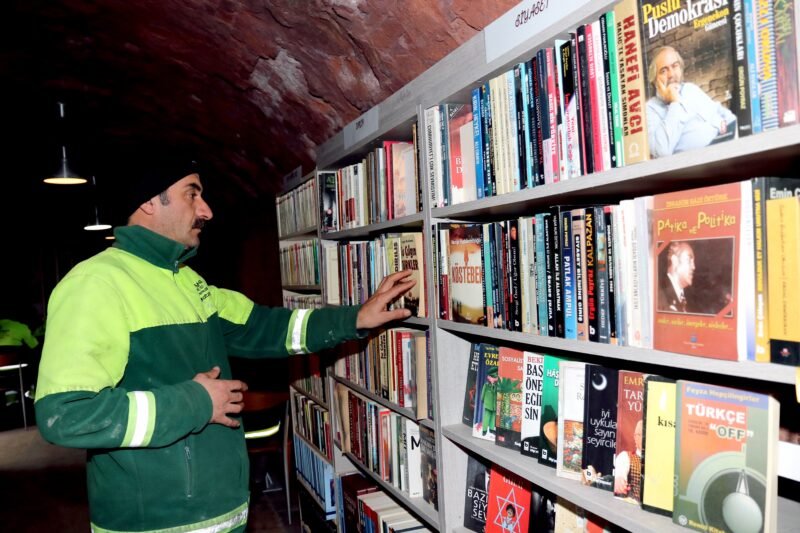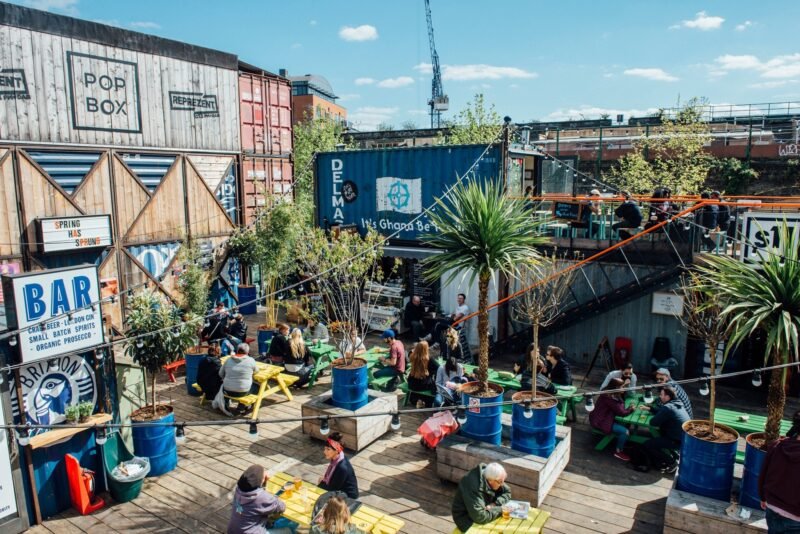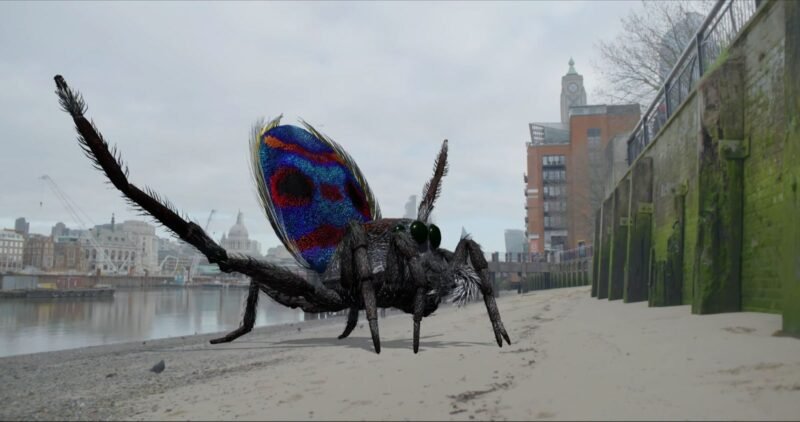The Yellow Sublime Of Post-Its
This is the second of a series of two posts reflecting on current design practices in India. The first post talked about how these design initiatives re-create divisions between people who design and people who are designed-for.
The exhibition ‘Design with the Other 90%: Cities’ is going on in the United Nations building, New York City. This exhibition, organised by Smithsonian Cooper-Hewitt National Design Museum, promises to highlight works that resolve the divided publics and make design processes inclusive (as reflected in its choice of preposition — ‘with’). Cynthia Smith, Curator of Socially Responsible Design at the Museum, has introduced the exhibition in a revealing post at Design Observer. She writes that the objective of the exhibition is to:
“…find successful design solutions to rapidly expanding informal settlements… [and to especially focus on the] new wave of designers, architects, engineers, NGOs and philanthropists […] working directly with people with limited resources, collaborating across sectors to find solutions, and using emerging technology that ‘leapfrogs’ poorer communities into the 21st century.”
The changed choice for preposition (from ‘Design for the Other 90%’ in the last exhibition, to ‘Design with the Other 90%’ in this one) is crucial to the framing of the exhibition. Smith’s post, however, mentions a large number of diverse projects characterised by very different dynamics between the ‘designers’ and the ‘Other 90%’. I do not have physical access to the exhibition concerned, so evaluating from Smith’s introduction it seems that there is an failure to differentiate between the distinct politics of projects such as community-owned GIS mapping in Kibera, Nairobi, UNICEF funded educational initiatives in slums of Mumbai, and urban investment and planning support given by large international donors such as Cities Alliance (she also mentions the Urban Typhoon project by URBZ that I have written about earlier).

Now the ‘design for X’ and ‘design with X’ issues are essentially one of political empowerment/assertion. Smith interestingly does not mention the word ‘politics’ anywhere in her post. Curiously she mentions a number of large scale urban transportation projects in India and Colombia as examples of designing with the other 90%, where at least for the Indian case (in Ahmedabad) there was hardly any kind of participatory involvement of the citizens in the project. From the introduction by Cynthia Smith, the change in preposition seems more cosmetic than substantial — for the other 90% to work with the designers, a fundamental political empowerement of the former is necessary, where they are accepted as legitimate voices in matters of design, as part of the ‘design public‘.

The exhibition seems to present ideas and practices from around the world by a manner of juxtaposition that immediately de-contextualise and hence de-politicise the exhibits. Allow me to take the risk of understanding this kind of conceptual structuring as effect of the ‘yellow sublime of Post-Its’. The phrase is inspired by Sam Jacob’s reflections on the banal conceptual landscape of Sketch-Up and how that (may) affect the architects’ worldviews. The endless and fluid re-oganisation of de-contextualised and densified/simplified ideas and resources and possibilities as offered by the conceptual framework and process of Post-Its is maybe the designer’s (or design thinker/researcher’s) equivalent of Sketch-Up.

Another on-going exhibition on cities and temporal/occasional spaces embraces this ‘Post-It’ metaphor. The exhibition, titled ‘Post-It City: Ciudades Ocasionales – Occasional City‘, celebrates “the movable elements of contemporary urbanity that gives rise to [the constant urban] mutations” (see the accompanying publication here). From initial and distant looks, it seems that the ‘Post-It sublime’ affects the exhibition in two ways — (1) the various urban ‘post-it’ elements are understood and brought together without delineating their specific politics and struggles, and (2) a failure to see entire cities as essentially ‘Post-It’ or ‘Pop-Up’ (think of Detroit) and not as stable containers with some/marginal fluid elements (such as the one in above image). Look forward to detailed reviews of the exhibition and blurring of the ‘design publics‘ and the conceptual division of cities into ‘post-it/fluid’ and ‘non-post-it/stable’ elements.
Image courtesy: Design with the Other 90%: Cities website, Melissa Tully’s Flickr photostream and Post-It City website



